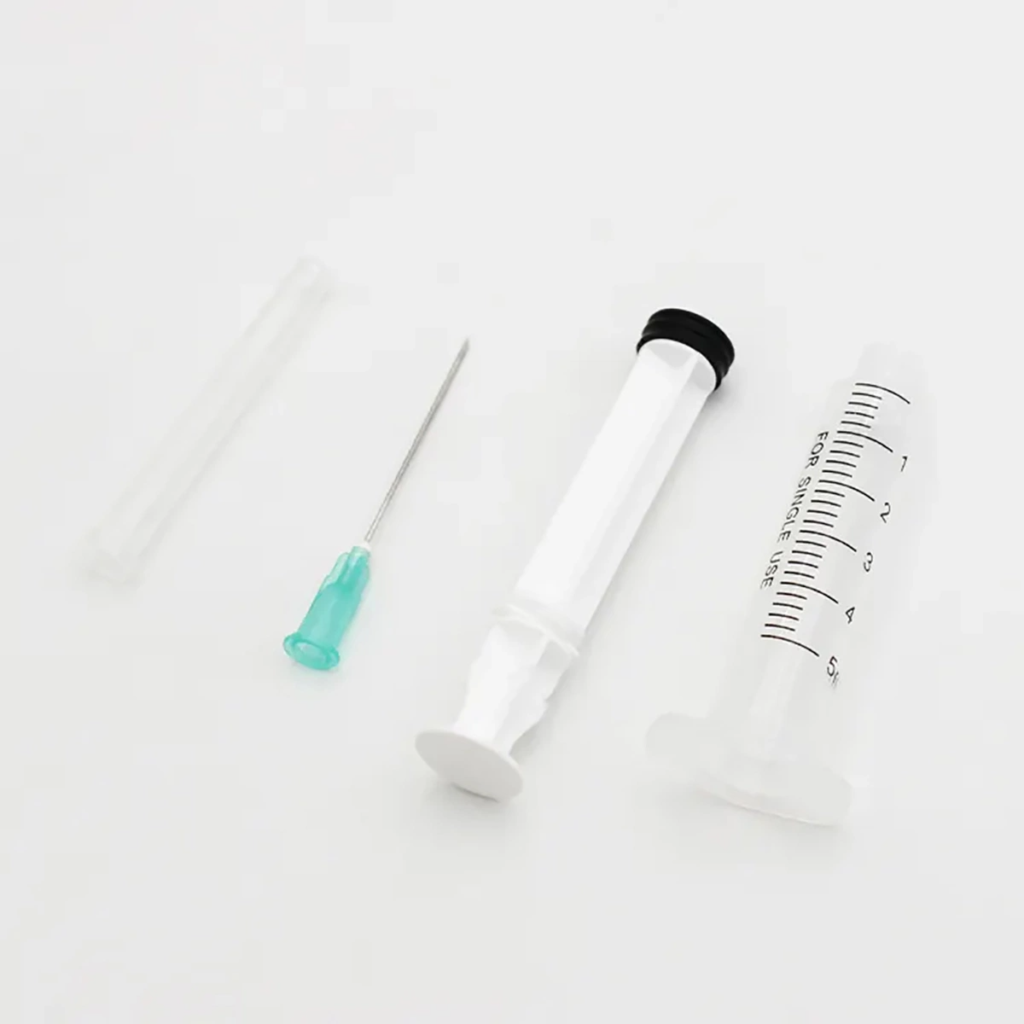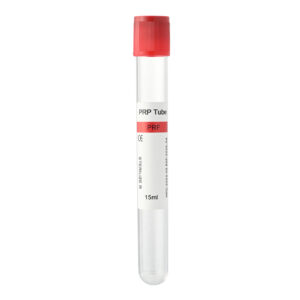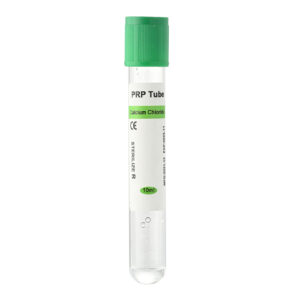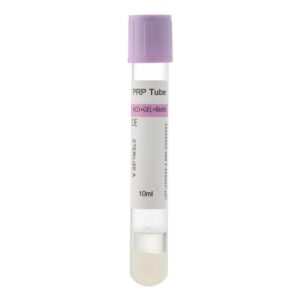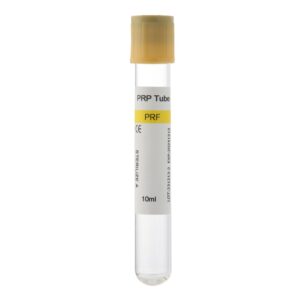In the medical field, a needle’s gauge (G) refers to the diameter of the needle’s outer size. Understanding the indicator is crucial for safely and effectively using syringes for healthcare professionals and patients.
What is Gauge?
A gauge is the standard unit used to measure the outer diameter of a needle, represented by the letter G. The gauge value is inversely related to the needle diameter: the higher the gauge number, the thinner the needle. For example, a 30G needle is much thinner than an 18G needle. This labelling system originated from needle manufacturing practices, where different standard values distinguish needle thickness.
Gauge values typically range from 14G to 34G, with 14G relatively thick and 34G excellent. Choosing the correct gauge is critical in both clinical and laboratory settings, as it directly affects injection flow rate, patient comfort, and the effectiveness of the treatment.
Applications of Different Gauge Needles
- 14G-18G:
- These gauges are typically used when large volumes of fluid need to be delivered quickly, such as emergency fluid resuscitation, blood transfusion, and large-volume fluid extraction. The thicker needles allow rapid fluid delivery, making them ideal for emergencies or resuscitation.
- 20G-22G:
- These gauges are among the most common choices for intravenous injections, blood draws, and fluid infusions. A 20G needle is used when a faster infusion rate is required, while a 22G needle is slightly thinner and better suited for standard fluid delivery and blood draws. These needles offer a balance between comfort and efficient fluid flow.
- 23G-25G:
- Healthcare professionals typically use finer needles for gentler injections, making them suitable for infants, elderly patients, or those with sensitive skin. Healthcare providers use a 23G needle for intramuscular injections or small-volume drug delivery, while they commonly use a 25G needle for subcutaneous injections, such as vaccinations and allergy testing. The fine diameter of these needles helps minimize discomfort, which is especially important for sensitive patient groups.
- 26G and Above:
- Healthcare professionals mainly use these ultra-fine needles for subcutaneous injections, such as routine insulin administration for diabetic patients. These needles cause minimal pain, making them ideal for patients sensitive to discomfort. Needles with gauges of 30G and above are perfect for patients who need multiple daily injections, as their thinness helps to minimize pain while ensuring effective drug delivery.
How to Choose the Right Gauge
Choosing the appropriate needle gauge involves several factors, including the injection’s purpose, the fluid’s viscosity, the patient’s individual condition, and the injection site. For thicker fluids, such as specific viscous drug solutions, healthcare providers may need to use a thicker needle to ensure smooth passage. In contrast, healthcare providers use thinner needles for less viscous fluids or when precise administration is needed, such as hormone therapies or vaccinations, to minimize discomfort.
The patient’s age, physical condition, and sensitivity to needles are also essential considerations. Healthcare providers typically choose thinner needles for infants, elderly patients, or those highly sensitive to pain to reduce discomfort. Additionally, they consider needle length to ensure the injection depth is appropriate for the medication’s requirements. The requirements for subcutaneous, intramuscular, and intravenous injections differ in gauge and needle length.
Common Syringe Needle Gauges
- 18G: Used for emergency fluid resuscitation, blood transfusion, and urgent situations requiring rapid fluid delivery.
- 20G: Suitable for intravenous injections requiring rapid infusion; commonly used for routine fluid infusions and most intravenous injection scenarios.
- 22G: Widely used for general intravenous injections, suitable for blood draws, routine drug administration, and standard infusions.
- 25G: Often used for subcutaneous or intramuscular injections, such as vaccinations and allergy testing, with reduced discomfort.
- 30G: Used for insulin injections and other situations requiring multiple daily injections; ideal for patients sensitive to pain, providing a comfortable injection experience.
Conclusion
Gauge is an essential parameter for syringe needles, determining their thickness and affecting injection flow rate, patient comfort, and the effectiveness of the injection. Selecting the correct needle gauge improves the injection’s effectiveness and significantly reduces patient discomfort. In clinical practice, healthcare professionals choose the appropriate needle gauge based on factors such as usage, drug characteristics, and patient needs, ensuring a safe and comfortable treatment process.
Understanding the different gauges of syringe needles and their uses helps us better comprehend the diverse needs of medical procedures, enhancing the accuracy of medication delivery and patient comfort. We hope this article clarifies the syringe needle gauges, helping you make more informed choices for clinical or personal medical needs.

